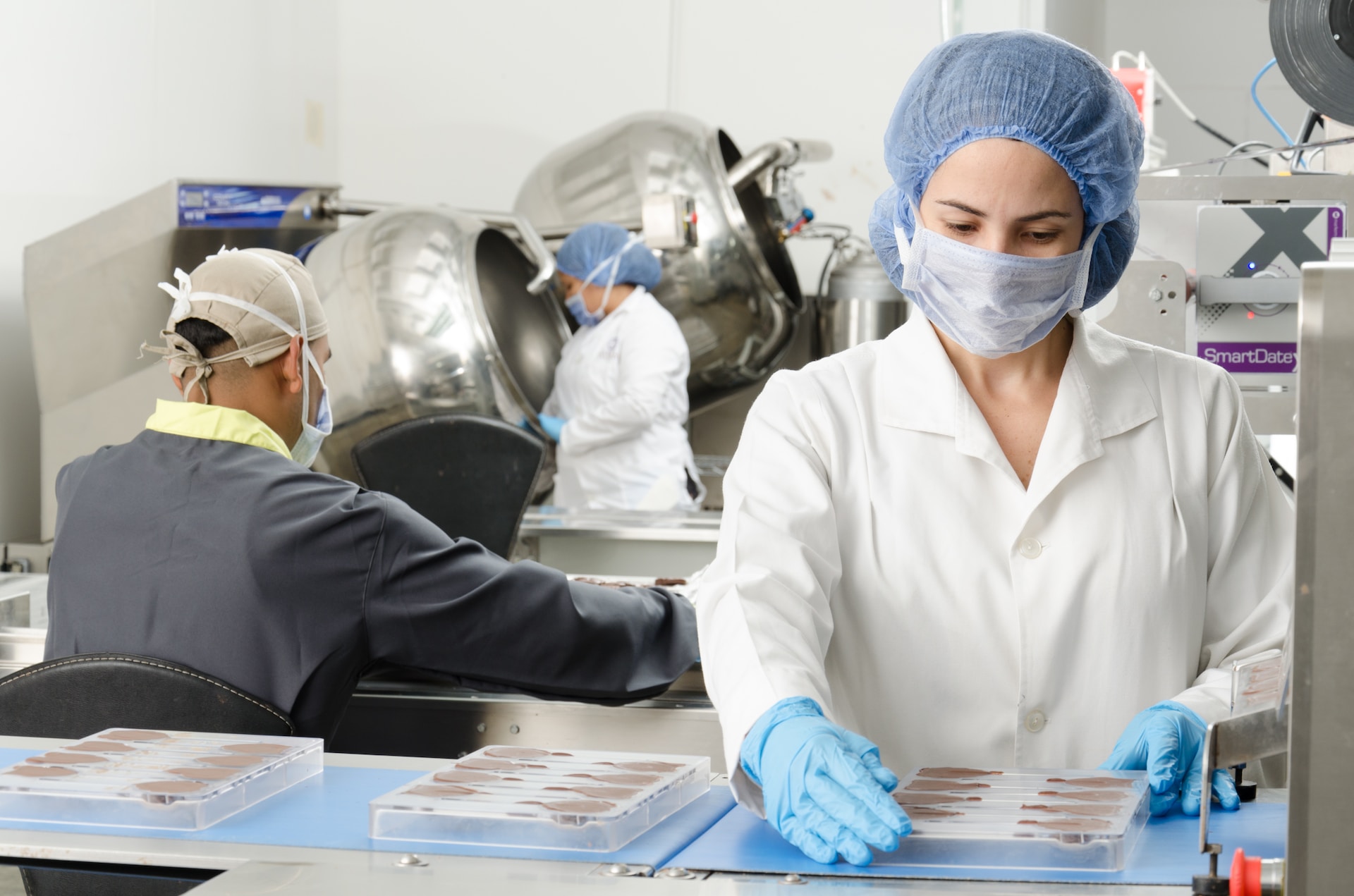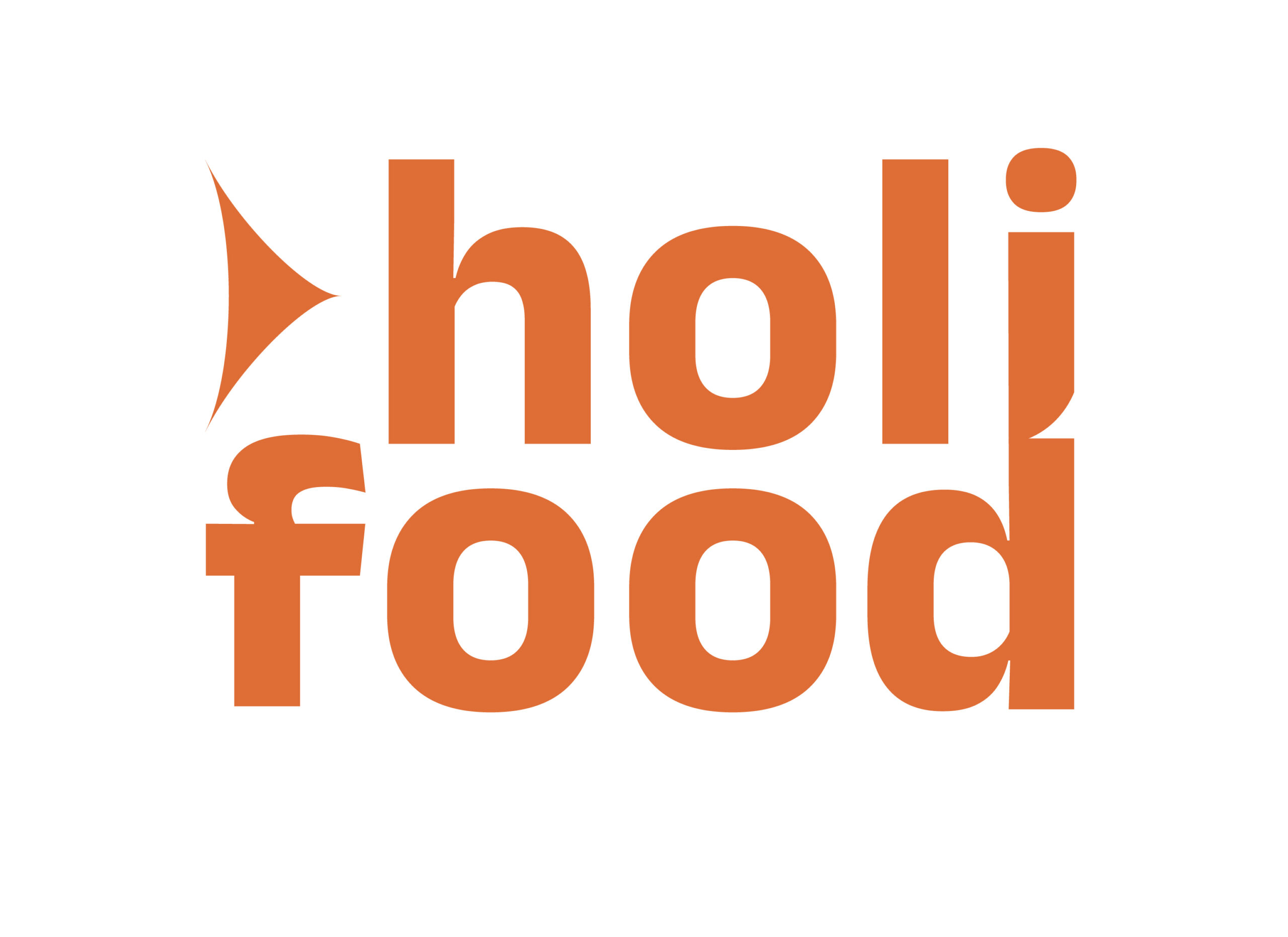
AI-Driven Navigation of the Complex Landscape of Mycotoxins
Mycotoxins, toxic secondary metabolites produced by fungi, pose a substantial threat when they infiltrate food supplies. These potent toxins wield significant health consequences for humans, exhibiting mutagenic, teratogenic, and carcinogenic properties. The prevalence of mycotoxin contamination is particularly noteworthy in agricultural commodities, where several fungi can produce these toxins during both the harvest and postharvest stages, significantly impacting the health of both animals and humans.
Aflatoxins and ochratoxins, produced primarily by Aspergillus species, along with ochratoxins and patulin from Penicillium, and fumonisins, deoxynivalenol, and zearalenone from Fusarium species, represent the most prevalent mycotoxins found in food commodities. This broad spectrum of mycotoxins manifests globally, leading to severe health repercussions, including both acute and chronic diseases in people and domestic animals. The spectrum of illnesses caused by mycotoxins highlights the urgency of addressing their presence in our food supply.
Detection & Quantification of Mycotoxins
Detection and quantification of mycotoxins in food commodities have become imperative for ensuring food safety. Various analytical methods are employed to identify and measure the levels of mycotoxins accurately. This analytical vigilance is crucial given the insidious nature of mycotoxins, where even minute quantities can have profound health impacts.
Efforts to mitigate mycotoxin occurrence in food commodities include a range of potential approaches. These are categorized as physical, chemical, and biological methods aimed at decontamination. The multi-faceted nature of these approaches reflects the complexity of addressing mycotoxin contamination comprehensively.
Physical methods involve removing contaminated portions or using sorting technologies, while chemical methods may include the use of binders or adsorbents to neutralize mycotoxins. Biological methods explore the utilization of microorganisms that can degrade or outcompete toxin-producing fungi.

What factors contribute to the production of Mycotoxins?
The production of mycotoxins is not a straightforward event but rather a nuanced interplay shaped by a convergence of variables. Factors such as environmental conditions, substrate characteristics, and the specific life cycle of the fungi involved all play pivotal roles. These toxic compounds are not arbitrarily generated; they emerge as a response to the fungi's interactions with their environment, reflecting an evolutionary adaptation designed to ensure their survival and competitive advantage.
- Temperature both minimum and maximum, plays a pivotal role, as do relative humidity levels. Higher temperatures and increased humidity act as catalysts for mycotoxin production. Rainfall patterns and wind speed, influencing fungal dispersion, further contribute to this intricate process.
- Stress factors act as triggers, compelling fungi to produce mycotoxins as a defense mechanism. These stressors include nutrient limitations, competition with other microorganisms, and adverse environmental conditions. The growth stage of the fungus, particularly during sporulation, and the overall health of the host substrate also impact mycotoxin production.
- The substrate conditions, about the composition and condition of the host substrate, are crucial determinants. Substrates with higher moisture content or nutrient availability create a more conducive environment for mycotoxin production. Additionally, different fungal species within Aspergillus and Fusarium may exhibit varying timelines for mycotoxin production.
- Competition with other microorganisms, including bacteria and fungi, further complicates the scenario. The presence of these competitors affects fungal growth and mycotoxin production through resource competition.
- Post-harvest storage conditions, including temperature and humidity control, emerge as critical factors in preventing mycotoxin contamination in stored crops and food products.
Mycotoxins & Predictive Modeling
Moving beyond the intricacies of mycotoxin production, constructing a predictive model demands a holistic consideration of several variables. Environmental factors such as temperature, relative humidity, rainfall, and wind speed, coupled with crop or substrate characteristics like type, stage, variety, and health, form the foundational elements. Geographic and environmental data, including location, soil type, and elevation, contribute additional layers of complexity. Cultural practices such as farming methods and crop rotation, time-related variables like season and time since last rainfall, and data on fungal species, abundance, and genetics further enrich the model. Mycotoxin-specific data, about levels and types, along with historical information and real-time or forecasted weather conditions, provide invaluable insights. Insect activity, acting as potential vectors for fungal infection, and detailed information on post-harvest storage and handling practices complete the spectrum of considerations.
The construction of a comprehensive predictive model requires a meticulous understanding of these multifaceted variables. This approach empowers stakeholders in agriculture and food industries to be reactive, thus, preventing and managing mycotoxin risks effectively, ensuring the safety and quality of our global food supply.

Funding for this research has been provided by the European Union’s Horizon Europe research and innovation programme HOLiFOOD (Grant Agreement Number 101059813). Views and opinions expressed are, however, those of the author(s) only and do not necessarily reflect those of the European Union or European Research Executive Agency.








